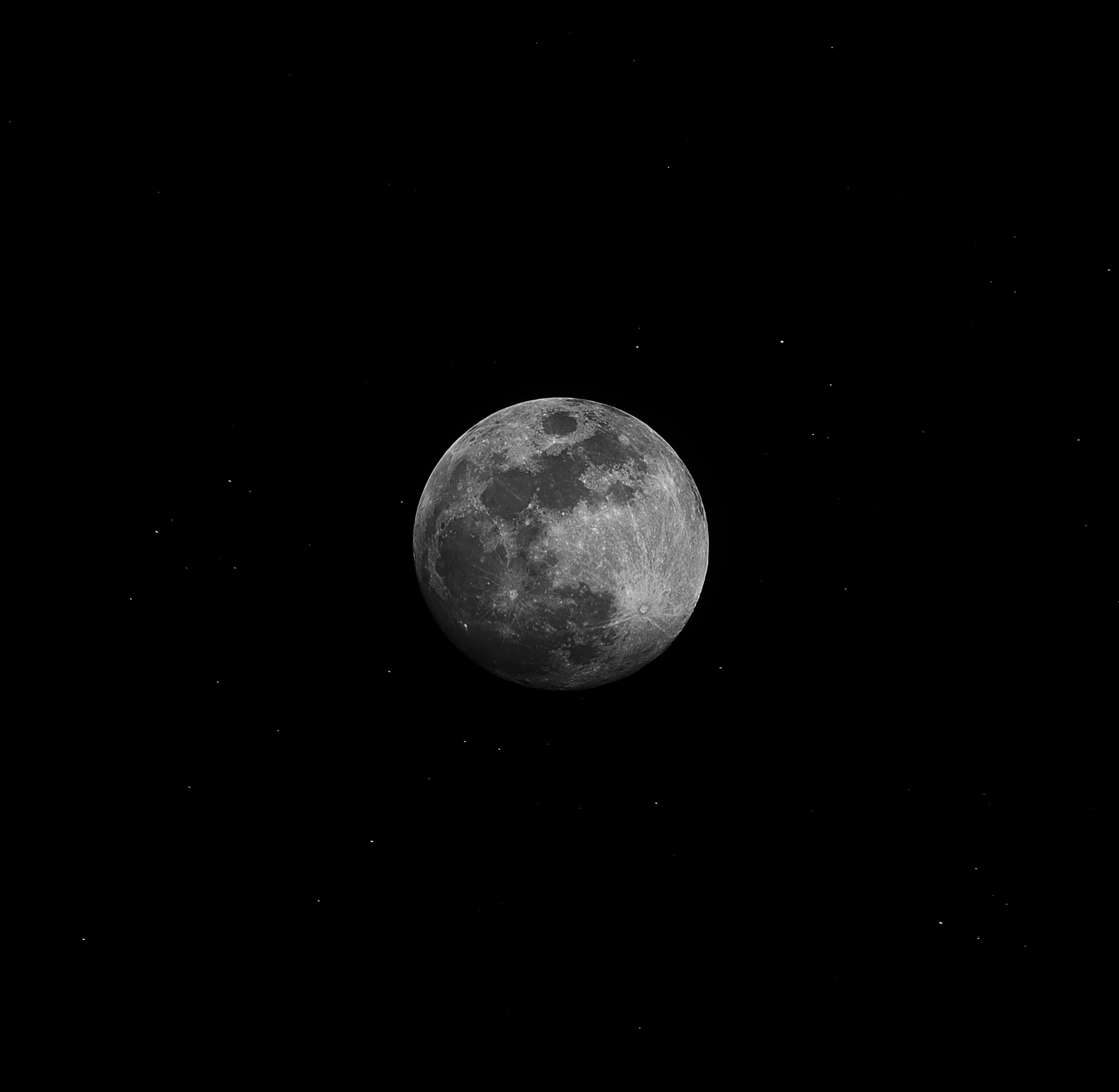Does Colour Therapy Really Work?
Colour therapy, also known as chromotherapy or colorology, is a holistic healing practice that has gained popularity in recent years. It is based on the belief that different colors have the power to influence our emotions, moods, and overall well-being. But does color therapy actually work, or is it just another pseudoscience? In this article, we will explore the science behind color therapy and examine whether it has any real benefits.
The Concept of Colour Therapy
Color therapy dates back to ancient civilizations such as the Egyptians, Greeks, and Chinese, who used colored lights or natural elements to heal various ailments. The practice revolves around the idea that each color is associated with specific energies and vibrations that can positively affect our physical and mental health.
Proponents of color therapy argue that different colors have unique properties and can be used to balance and harmonize the body’s energy centers, known as chakras. They claim that by exposing ourselves to specific colors, either through visual stimulation or by using colored lights, we can achieve a state of balance and promote healing.
The Science Behind Color Therapy
While color therapy may sound intriguing, it is essential to examine the scientific evidence behind its claims. Unfortunately, there is limited scientific research specifically focused on color therapy, making it challenging to draw definite conclusions.
However, colors have been shown to influence our psychological and physiological responses in certain situations. For example, studies have found that exposure to warm colors like red and orange can increase heart rate and blood pressure, while cool colors like blue and green have a calming effect and can reduce stress levels.
Additionally, the field of psychology has long recognized the impact of colors on our emotions. Advertisers and designers often use specific colors to elicit desired emotional responses from their audience. However, these findings are often subjective and may not directly translate to the healing properties claimed by color therapy proponents.
Possible Benefits and Applications
Despite the lack of robust scientific evidence, many individuals have reported positive experiences with color therapy. This can be attributed to the placebo effect, where the belief in a treatment’s efficacy can lead to subjective improvements in symptoms or well-being.
One area where color therapy is commonly used is in the treatment of seasonal affective disorder (SAD), a type of depression that occurs during certain seasons, typically in winter. Light therapy, which involves exposure to bright, full-spectrum light, is often used to alleviate SAD symptoms. Some practitioners argue that using specific colors as part of light therapy can enhance its effectiveness, although more research is needed to confirm this.
Colour therapy is also frequently incorporated into alternative and complementary healing practices such as acupuncture, aromatherapy, and meditation. While the specific benefits may vary depending on the approach, the aim is to balance and harmonize energy flow within the body to promote overall well-being.
The Importance of Personal Experience
It is crucial to understand that personal experiences and anecdotal evidence cannot be disregarded when evaluating the effectiveness of any therapy, including color therapy. Even if the scientific evidence is inconclusive, if individuals experience positive effects from color therapy, it can still be a valid form of complementary healing.
Ultimately, everyone is different, and what works for one person may not work for another. The power of suggestion and belief can be potent, so if you find that color therapy brings you joy, relaxation, or other personal benefits, there is no harm in exploring it further.
In Conclusion
Color therapy is an alternative healing practice that claims to balance and harmonize the body’s energy centers through exposure to different colors. While the scientific evidence supporting its efficacy is limited, colors have been shown to influence our emotions and physiological responses in certain contexts.
While we wait for more research to be conducted, the subjective experiences of individuals who have undergone color therapy cannot be dismissed. If color therapy brings you joy, relaxation, or a sense of well-being, it may be worth exploring further. However, it is essential to approach it with an open mind and consider it as a complementary practice rather than a substitute for conventional medical treatment.
Remember, the power of colors extends beyond therapy, and we can harness the positive effects of colors in our daily lives through our clothing choices, home decor, and the environments we create. So, whether you believe in the healing power of colors or not, surround yourself with the colors that make you feel good and uplift your spirits.
Table of Contents
